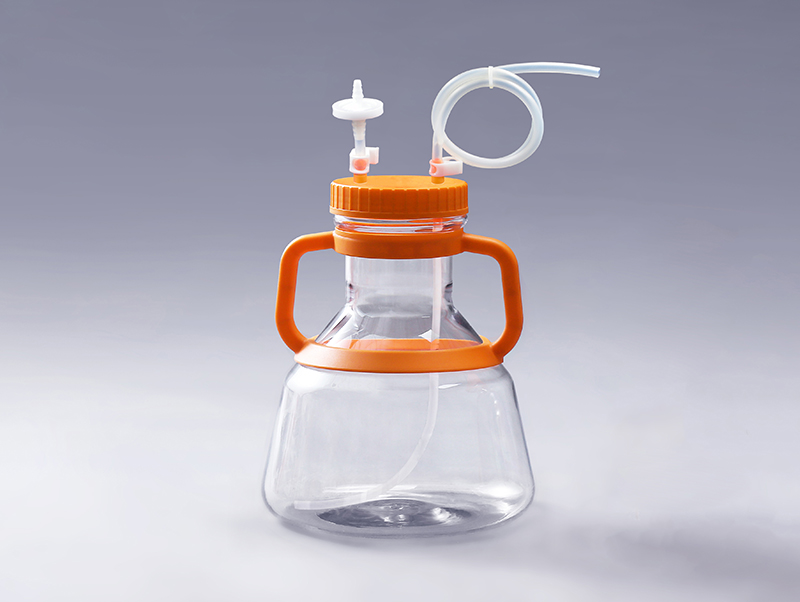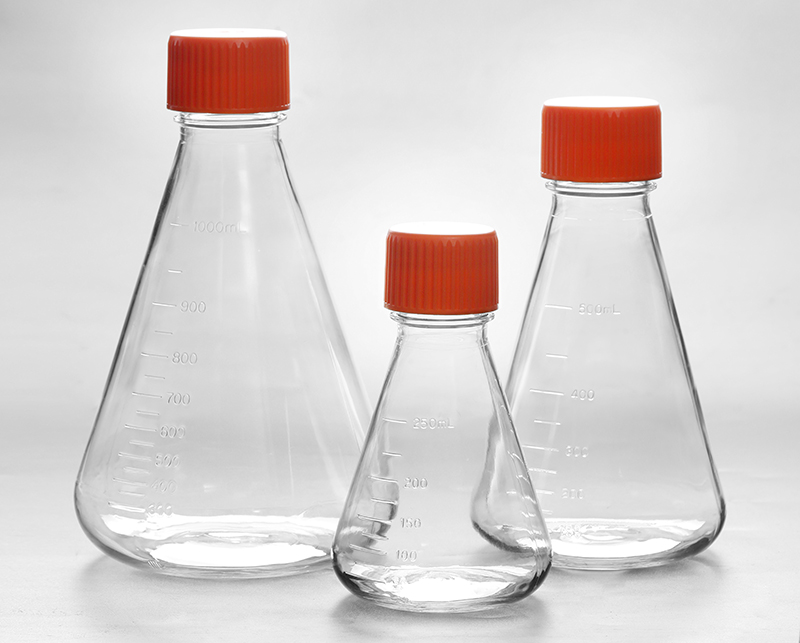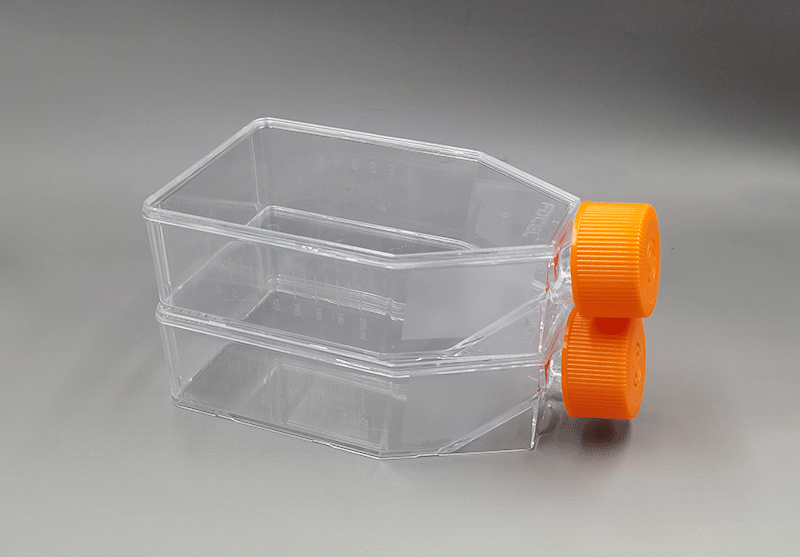Oxidation of Innate Immune Checkpoint CD47 on Cancer Cells with Non-Thermal Plasma
非热等离子体对癌细胞的先天免疫检查点 CD47 的氧化
Non-thermal plasma is being developed for cancer immunotherapy. The aim of our study was to determine the effect of non-thermal plasma on immunosuppressive immune checkpoint, CD47. The direct effect of non-thermal plasma on CD47 was measured in vitro and in vivo, and the mechanism of action was studied in silico. Non-thermal plasma immediately oxidized CD47, suggesting a dual role of non-thermal plasma therapy to simultaneously increase immunogenic signals and reduce immunosuppressive ones.
正在开发用于癌症免疫治疗的非热等离子体。我们研究的目的是确定非热等离子体对免疫抑制性免疫检查点 CD47 的影响。在体外和体内测量了非热等离子体对 CD47 的直接影响,并在计算机上研究了作用机制。非热等离子体立即氧化 CD47,表明非热等离子体疗法具有同时增加免疫原性信号和减少免疫抑制信号的双重作用。

Non-thermal plasma (NTP) therapy has been emerging as a promising cancer treatment strategy, and recently, its ability to locally induce immunogenic cancer cell death is being unraveled. We hypothesized that the chemical species produced by NTP reduce immunosuppressive surface proteins and checkpoints that are overexpressed on cancerous cells. Here, 3D in vitro tumor models, an in vivo mouse model, and molecular dynamics simulations are used to investigate the effect of NTP on CD47, a key innate immune checkpoint. CD47 is immediately modulated after NTP treatment and simulations reveal the potential oxidized salt-bridges responsible for conformational changes. Umbrella sampling simulations of CD47 with its receptor, signal-regulatory protein alpha (SIRPα), demonstrate that the induced-conformational changes reduce its binding affinity. Taken together, this work provides new insight into fundamental, chemical NTP-cancer cell interaction mechanisms and a previously overlooked advantage of present NTP cancer therapy: reducing immunosuppressive signals on the surface of cancer cells.
非热等离子体 (NTP) 疗法已成为一种有前途的癌症治疗策略,最近,其局部诱导免疫原性癌细胞死亡的能力正在被揭示。我们假设 NTP 产生的化学物质减少了在癌细胞上过度表达的免疫抑制性表面蛋白和检查点。在这里,3D 体外肿瘤模型、体内小鼠模型和分子动力学模拟用于研究 NTP 对关键先天免疫检查点 CD47 的影响。CD47 在 NTP 处理后立即被调制,模拟揭示了导致构象变化的潜在氧化盐桥。CD47 及其受体信号调节蛋白α (SIRPα) 的伞形采样模拟表明,诱导的构象变化降低了其结合亲和力。

In summary, we demonstrate that NTP is able to modulate the immune checkpoint CD47 in 3D cancer spheroids and tumors. IHC analysis showed that all 3 human cell lines of glioblastoma, melanoma, and head and neck squamous cell carcinoma had reduced CD47 expression immediately after NTP treatment compared to controls. Due to the timing of treatment and analysis, this was likely due to oxidation of the protein and was further studied in silico. In silico evaluation revealed higher fluctuations in the RMSD of the backbone atoms of oxidized CD47 compared to the native, which indicate conformational changes to the protein. MD simulations with CD47 and its receptor SIRPα revealed 10 inter-protein salt bridges that were modified following oxidation of CD47, with Lys39-Asp100 and Lys41-Asp100 being completely disrupted. This lead to weaker binding affinity to SIRPα as shown via US simulations and the obtained FEPs. Taken together, our results suggest a role of non-thermal plasma therapy to reduce immunosuppressive signals on tumor cells. The clinical impact of this paradigm requires further investigation.

总之,我们证明 NTP 能够调节 3D 癌症球体和肿瘤中的免疫检查点 CD47。IHC 分析显示,与对照相比,在 NTP 治疗后,胶质母细胞瘤、黑色素瘤和头颈部鳞状细胞癌的所有 3 种人类细胞系都立即降低了 CD47 表达。由于处理和分析的时间安排,这可能是由于蛋白质的氧化,并在计算机上进行了进一步研究。计算机评估显示,与天然相比,氧化 CD47 的主链原子的 RMSD 波动更大,这表明蛋白质的构象发生了变化。CD47 及其受体 SIRPα 的 MD 模拟揭示了 10 个蛋白质间盐桥,这些盐桥在 CD47 氧化后被修饰,Lys39-Asp100 和 Lys41-Asp100 被完全破坏。如美国模拟和获得的 FEP 所示,这导致对 SIRPα 的结合亲和力较弱。总之,我们的研究结果表明非热等离子体疗法可以减少肿瘤细胞上的免疫抑制信号。这种范式的临床影响需要进一步研究。
关键词: 非热等离子体,介质阻挡放电,癌症治疗,免疫检查点,CD47 ,分子动力学模拟,活性氧, non-thermal plasma,dielectric barrier discharge,cancer therapy,immune checkpoint,CD47, molecular dynamic simulation,reactive oxygen species
来源:MDPI https://www.mdpi.com/2072-6694/13/3/579/htm

上一篇: PETG血清瓶在完全培养基方面的应用
下一篇: 细胞摇瓶的生产工艺介绍